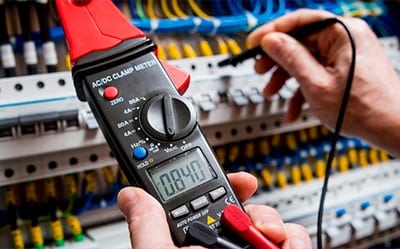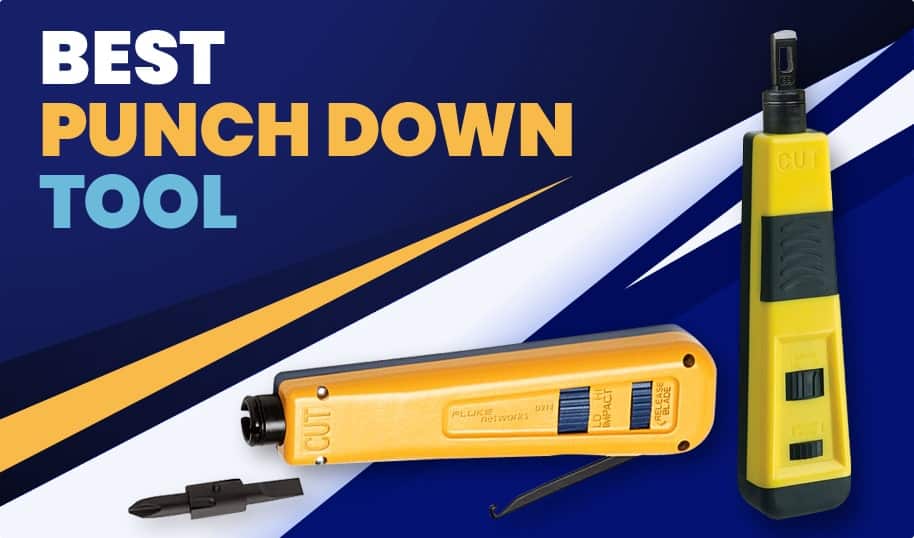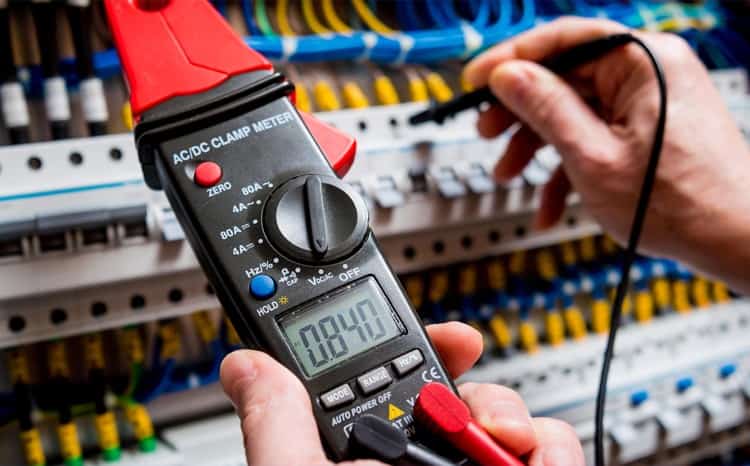
If your work with electrical circuits, then you would frequently need to check for hot wires through which the electricity flows.
You can either use a voltage meter or a pen to check the conductivity.
Read ahead to find out if you need a voltage pen or meter (or maybe both)?
Honestly, if you are an adroit electrician, then you would need both devices i.e. voltage pen or meter.
I say this because of the voltage meter and the voltage pen have a specific purpose to serve.
If you just need to check the presence of electricity, then a voltage pen would sufficient.
Whereas, if you need to measure the electrical current flow, then you would need a voltage meter.
If you ask me, then I would say a voltage pen or meter – both deserve a place in your tool bag.
You want to know why?
Just keep reading – I have explained everything you need to know in detail in the subsequent sections.
Resolving the Dilemma – Voltage Pen or Meter
To understand why you need a voltage pen or meter in your tool bag at all times, I will explain about the specific use of each device.
My article would basically focus on the various aspects of these safety devices, that you would find useful when using voltage pen or meter.
Electricity is a fundamental segment in the present current world.
Essentially everything that people use nowadays runs on power, regardless of whether it’s a PC, cell phone, or microwave.
Nonetheless, it’s likewise something that is viewed as risky.
One can hear numerous reports about how a few people attempted to fix electrical issues in their homes and workplaces, just to wind up being gravely harmed.
The human body is a conductor, one that can be very lethal relying upon the intensity of the current going through it.
This is a result of this that typical ordinary people shouldn’t willingly volunteer to manage electrical issues.
Rather, they should leave it to the experts, to be specific electric specialists.
These people utilize unique hardware like voltage pen or meter.
These are gadgets that can give the most extreme security to circuit testers who are frequently expected to interact with invigorated parts running on power.
I discern, you still want to know whether you should use a voltage pen or meter for your project.
Please read ahead to find out what are the utilities of this safety equipment as this would help you elude my claim.
Volt Pens
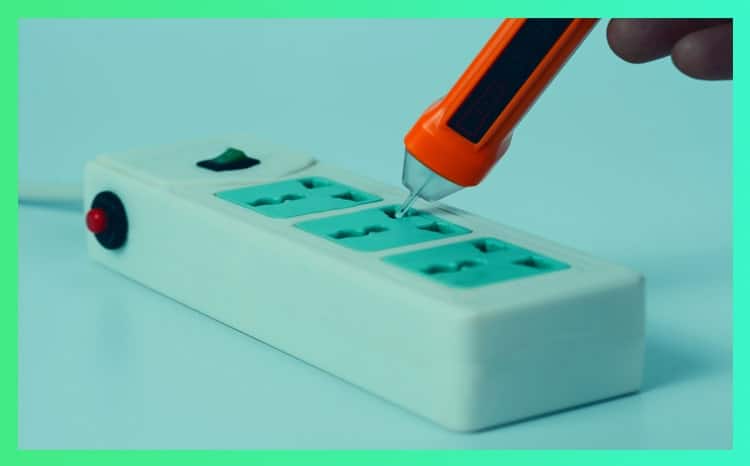
Voltage Pens are commonly known as non-contact voltage detectors or volt-stick.
They are generally lightweight, small in size, can fit easily in the pocket and are shaped like a pen.
They are used to check whether the unit has a live electric flow or not.
Compared to local testers, they are more durable and can withstand higher electric flow.
When you bring them closer to the testing object, a positive flow of electricity would result in a visual or audio response so that you are alerted.
Here is an example of how to use a volt pen:
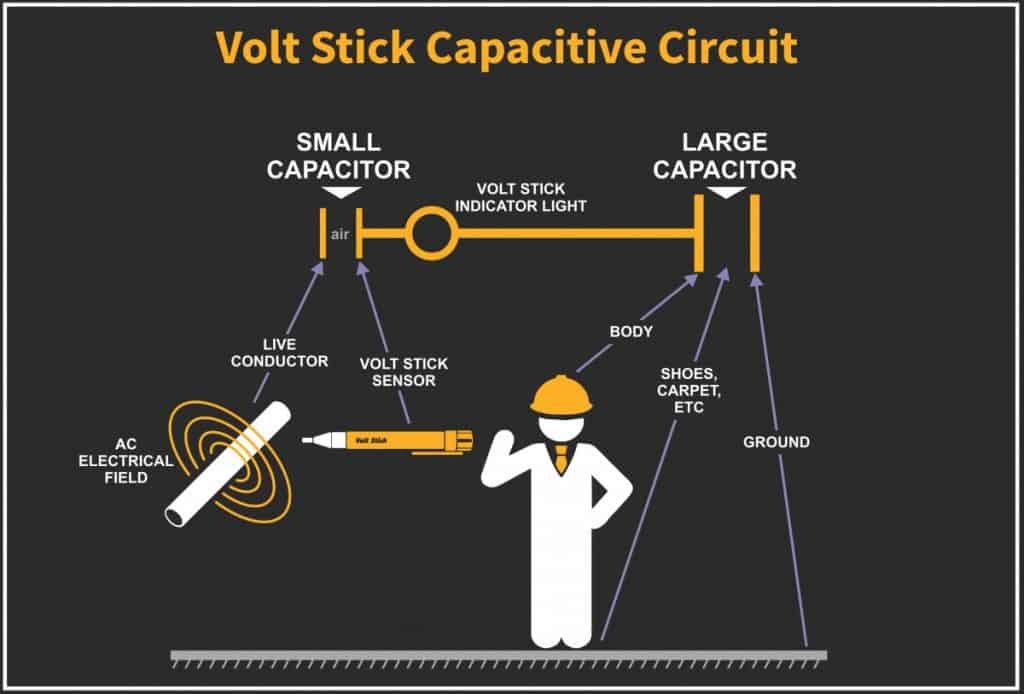
I do not need to tell you this, that it is very important to check for the presence of electricity leakage before you commence any type of project.
One of the biggest advantages of a volt pen is that even if you do not have knowledge about the electrical industry, it is still safe for you to use this safety device.
Whether you are a plumber, an engineer, or a builder, using volt pens is very easy and it helps you detect the presence of current at a particular site or system.
However, you need to understand how this voltage pen works in order to get accurate results as their functioning depends on various external factors.
For example, you need to check whether you are dealing with AC or DC current.
Volt sticks or volt pens are built to detect only AC voltages.
Therefore, if you are trying to use this device in a car or DC transformers, then you will not get accurate results.
Moreover, if the object you are testing, is shielded or armoured, then volt pens prove to be ineffective.
However, Voltage Pens are only useful to know the presence of live electricity in the unit and do not give an accurate reading.
This is where Volt meters come in handy.
Along with the indication of whether the particular equipment or unit is loaded with live electricity, they also give you an accurate reading of the flow of the current.
Volt Meters
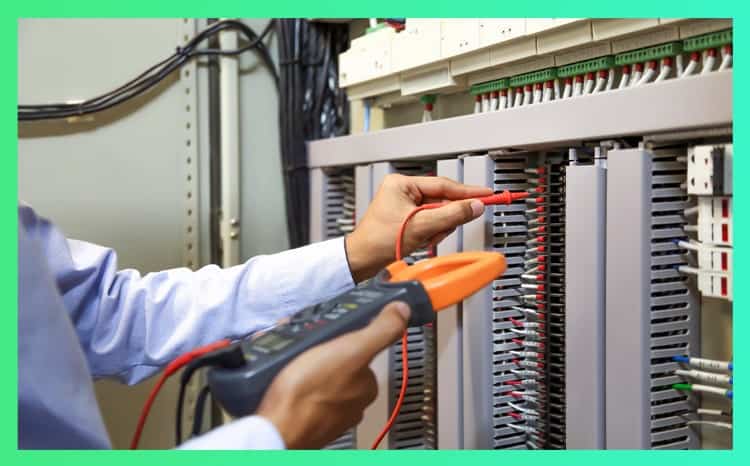
As explained above, the volt meters are used to get an accurate measurement of the electricity flowing through the object.
You can easily know the actual voltage of different components and if you know the voltage across the circuit, then its current can be calculated.
Initially, only analog voltage meters were available where the indicator moved across the scale to indicate the measure of electricity flow.
Nowadays, digital voltage meters are available that display accurate reading on the unit.
There are a few other advantages to using a voltmeter like it is very compact in size and easy to carry around, it gives out more accurate readings, it is void of Parallax errors, it has automatic range selection and has high input impedance.
Several modern voltage meters can even store readings for further processing.
I think it is important for you to understand that there are four types of voltage meters available in the market:
- Ramp Type Digital Voltmeter
- Integrating Digital Voltmeter
- Continuous Balance Digital Voltmeter
- Successive approximation Digital Voltmeter
Voltage meters are also known as DVM and their working principle is bifurcated in five sections:
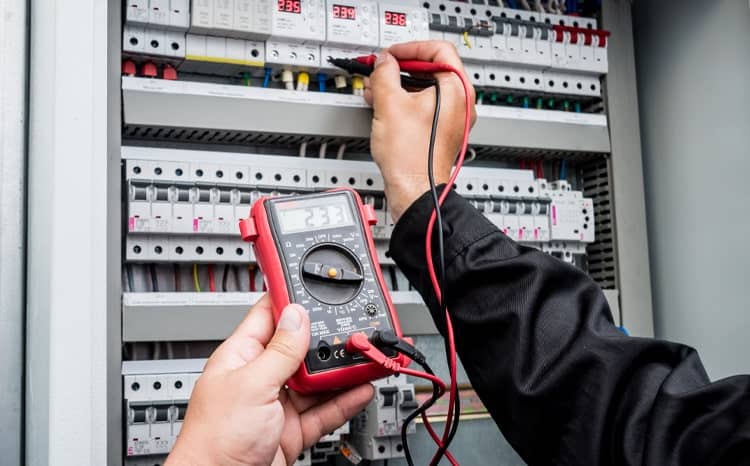
- Pulse-generator – Commonly known as ‘Clock’, a pulse generator generates pulses achieved using 555 timer chip.
- Voltage-control and Gating – This section is based on an integrated circuit known as the comparator which compares the two voltages and indicates which one is higher.
- Counting Clock-pulses – This feature counts the number of clock pulses that occur during start and stop charging signals. It is commonly known as the measure of the elapsed time.
- Analog to Digital Conversion – This function converts an analog voltage sample and returns a binary number to describe the sample.
- Latching & Display Section – I think this feature is self-explanatory. It simply displays the number of pulses counted in a numerical format in the LED display.
One of the best things about using a volt meter is that you can use it for testing AC and DC electricity.
Here is the basic block diagram for the digital voltmeter.
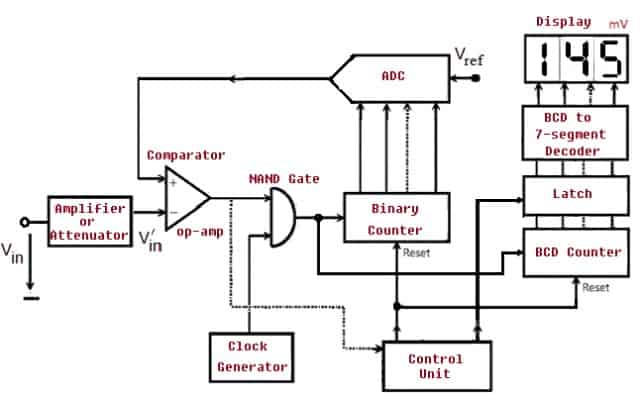
A Tabular Representation – Features of Volt Pen and Volt Meter
| VOLT PEN | VOLT METER |
| Compact and portable | Compact and Portable |
| Works with AC current only | Works with AC and DC current |
| Indicates the presences of electricity in an object | Indicates the amount of electric flow through an object |
| Does not give accurate reading at all times | Does not give accurate results during power fluctuations |
| Chances of getting false negative | Stable and Reliable |
| Easy to use and requires no special skill | Easy to use but requires some special skill |
| Durable and can sustain heavy electric flow | Prone to damage if voltage goes beyond the limit |
Few Pointer to Ponder Upon
When you make use of this safety equipment you need to realise that certain external factors would have an impact on the reading.
Q. Is the article covered or submerged?
A. Earth and water will shield the electric field, so must ensure to locate a visible clean part to test.
Don’t contact the water or test through the water as A volt pen won’t give a proper reading.
Q. Is the item being tried unreservedly hanging or against a divider or floor?
A. The size of the electric field can be affected by its location.
There will be a bigger electric field radiated from a hanging link than there would be for a link against a divider or floor.
So a voltage pen will distinguish from further away if the link is hanging openly.
Q. It is safe to say that you are trying something that is encased in a Metallic Casing or Trunking?
A. The Volt Stick will distinguish the nearness of a voltage on the packaging yet not through the packaging, you should open it to test what’s inside.
So, How to Elude the Necessity of Voltage Pen or Meter?
See, volt pens are used to understand whether the electricity is present in the object or not.
Once the work of the volt pen finishes, you will have to make use of the voltage meter.
Let me explain. Suppose you need to check whether a particular object has a positive electric flow or not so you make use of a voltage pen.
When you find the presence of electric flow in the object, what is the next thing you would need to do?
You guess it right – you will have to check the amount of electricity flowing through the object, to take necessary action.
And for this, you will have to make use of a voltage meter.
I would say that a safety voltage pen or meter complement each other in terms of utility.
Therefore, they both deserve a permanent place in your tool bag.
I hope you enjoyed reading the article that was focused on giving you valuable information about the importance and uses of voltage pen or meter.

